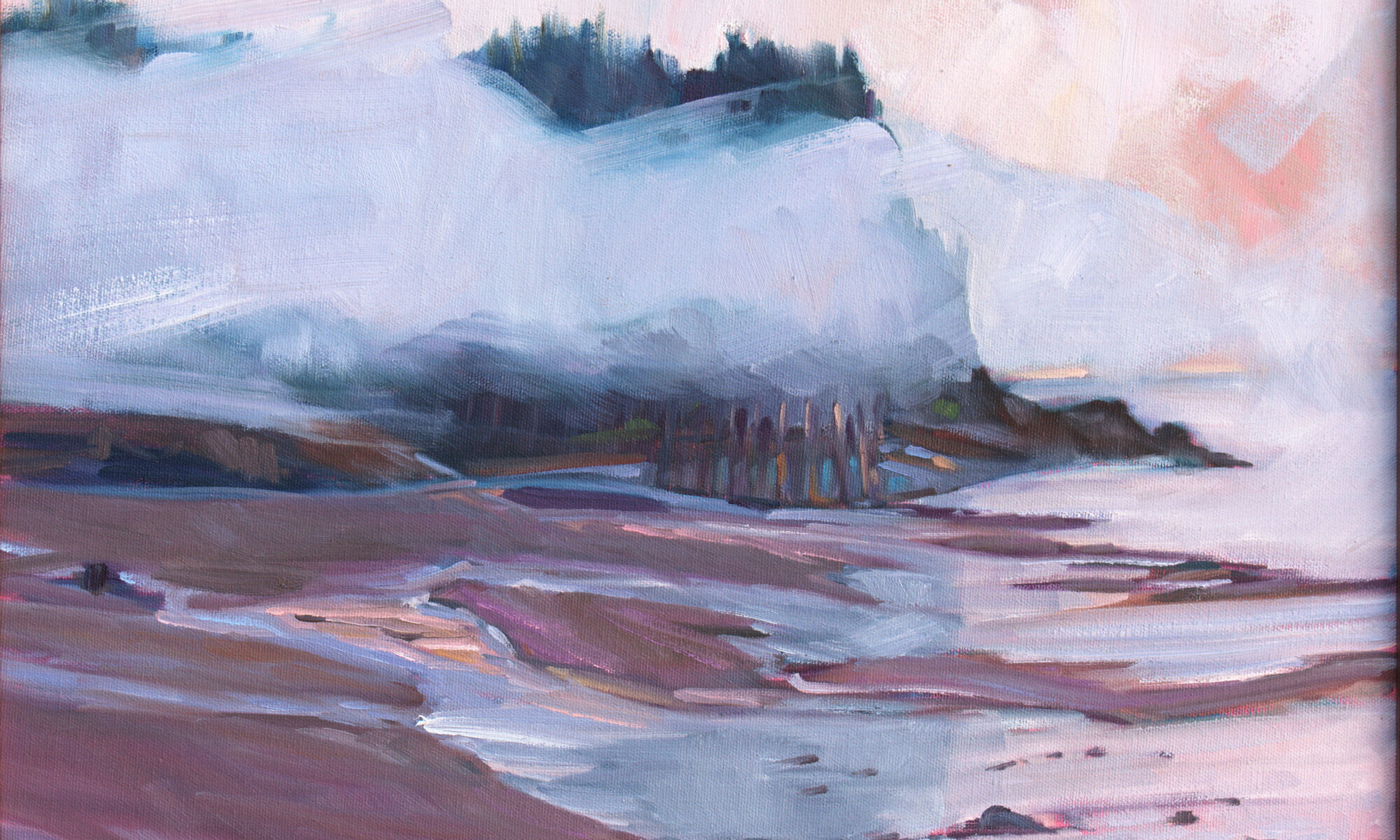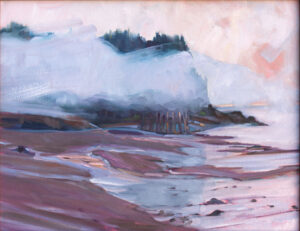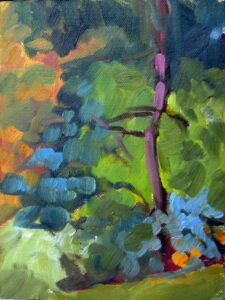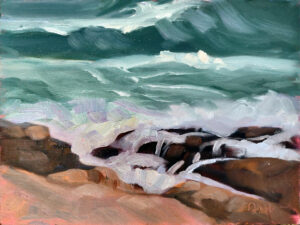The pinnacle of baroque music composition was in the persons of Johann Sebastian Bach and George Frideric Handel. Both were so late in their genre that they nearly missed the bus. Since the term baroque music didn’t come into systematic usage until the 20th century, I’ve often wondered what Bach and Handel thought they were playing at. I doubt they thought of themselves as being in the same compartment as Henry Purcell or Johann Pachelbel, although this is how Baroque music is usually described to us amateurs.
In 19th and 20th century painting, we see much finer divisions, from the realism of Gustave Courbet to the transitional work of Édouard Manet through the flowering of Impressionism and then the post-Impressionist modernists. A ridiculous amount has been written about what these dead artists were doing, thinking and eating. However, we still can’t know what they saw as their place in the continuum of art history. Or even if they cared about that.
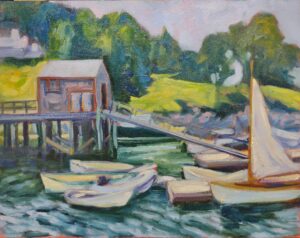
In the 20th century, we saw a kaleidoscope of isms: Fauvism, Futurism, Abstraction, Bauhaus, Orphism, Expressionism, Symbolism, Modernism, Synchromism, Suprematism, Constructivism, Dadaism, Surrealism, Regionalism, Precisionism, Abstract Expressionism, Pop Art, Photorealism and probably twenty more that I’ve forgotten. I didn’t list them just to bore you to death, simply to note the absurdity of so many labels. It’s possible that all those isms can be rebranded in the future as one topic: Experimentism.
A large section of the field has returned to realism, and is painting it in a style that could be loosely called post-Impressionism. Does that negate the work of the whole 20th century? Hardly, but it does leave us with the question of what we’re doing now.
In my few decades of teaching painting, I’ve noticed one request over and over: “I want to develop looser brushwork.” That tells me it’s important.
Contemporary viewers are immediately captivated by bravura brushwork; it’s a sign of self-confidence and competence in an age beset by anxiety and doubt.
Mark-making can be loose and gestural or very controlled. On one hand, it’s the most personal aspect of painting. At the same time, it’s also highly technical. Much of what is called ‘style’ comes down to what brushes we choose and what marks we make with them. I wrote about that here.
It is never an accident; it comes from practice. It also rests on a firm foundation of proper preparation. Flailing around to fix things that should have been resolved in the drawing or underpainting will negate the freshness and decisiveness of good brushwork. Continuous modification, glazing, changing color, etc., make for diffident marks.
There are many painters whose brushwork I admire, but there’s little point in trying to copy them in my own work. Brushwork is as personal as handwriting. It’s where the artist expresses-or suppresses-his feelings. There’s value in attempting to copy passages by great painters, but don’t try to paint like Sargent or Van Gogh or Rembrandt; use what you learn to create your own mature style.
Style is the difference between our internal vision and what we’re capable of. We often don’t like our own brushwork when we lay it down; I think that’s because it’s too personal. Don’t continuously massage your brushstrokes hoping to make them more stylish. If the passage is accurate in color, line and precision, move on. Future generations may think it’s wonderful.
Reserve your spot now for a workshop in 2025:
- Advanced Plein Air Painting, Rockport, ME, July 7-11, 2025.
- Sea and Sky at Acadia National Park, August 3-8, 2025.
- Find Your Authentic Voice in Plein Air, Berkshires, MA, August 11-15, 2025.
- Immersive In-Person Fall Workshop, Rockport, ME, October 6-10, 2025.

